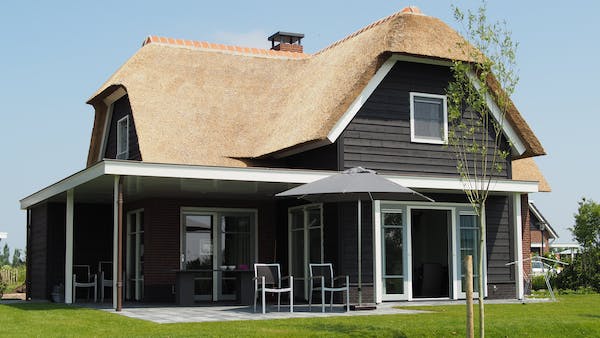When it comes to insuring your property, it’s essential to understand that the insurance needs of a condo in Mt Airy are vastly different from those of a single-family home. Both property types come with their unique set of risks and considerations, making it crucial for homeowners to tailor their insurance coverage accordingly. In this informative article, we aim to shed light on the distinctions between Mt Airy condos and single-family homes in terms of insurance needs, helping homeowners make informed decisions to protect their investments.
- Dwelling Coverage:
One of the primary differences between insuring a Mt Airy condo and a single-family home lies in the dwelling coverage. For single-family homes, homeowners typically require coverage that encompasses the entire structure, including the roof, walls, and other detached structures like garages or sheds. On the other hand, condo owners only need to insure the interior of their unit, as the exterior structure and common areas are typically covered by the condo association’s master policy. - Liability Coverage:
Liability coverage is another aspect where the insurance needs of condos and single-family homes differ. Single-family homeowners should consider higher liability coverage as they are solely responsible for any accidents or injuries that occur on their property. In contrast, condo owners may rely on the condo association’s master policy to cover accidents that happen in common areas. However, they should still maintain adequate personal liability coverage for incidents that occur within their unit. - Personal Property Coverage:
While both condos and single-family homes require personal property coverage, the nature of this coverage varies. Single-family homeowners typically possess a higher amount of personal belongings, necessitating more comprehensive coverage to protect against theft, damage, or loss. Conversely, condo owners may need less personal property coverage as the master policy often covers damage to the building’s structure and common areas. However, it is crucial for condo owners to ensure their policy covers their personal belongings within their unit. - Loss Assessment Coverage:
For condo owners, loss assessment coverage is particularly significant. In the event of damage or loss to common areas or shared amenities, the condo association may impose assessments on individual owners to cover repair costs. Loss assessment coverage safeguards condo owners from unexpected financial burdens by reimbursing them for their share of such assessments. - Additional Living Expenses:
In case of a covered loss that renders a property uninhabitable, both single-family homeowners and condo owners may require additional living expense coverage. This coverage helps with temporary housing, meals, and other necessary expenses during the repairs. However, condo owners should be aware that the master policy may cover some additional living expenses for damage to common areas, which might reduce their individual coverage needs.
In conclusion, understanding the differences in insurance needs between Mt Airy condos and single-family homes is crucial for homeowners to adequately protect their investments. By tailoring their coverage to the specific requirements of their property type, homeowners can ensure comprehensive protection against potential risks and enjoy peace of mind knowing their property is safeguarded.
